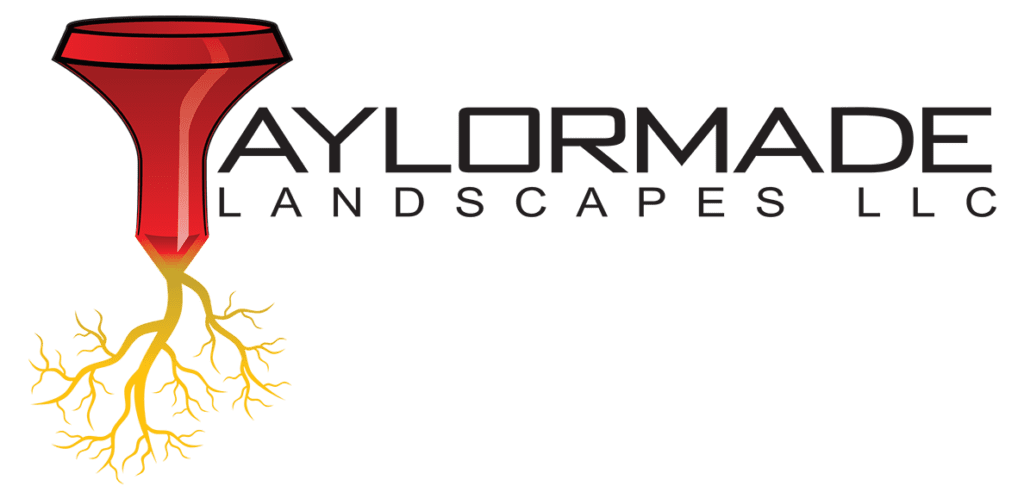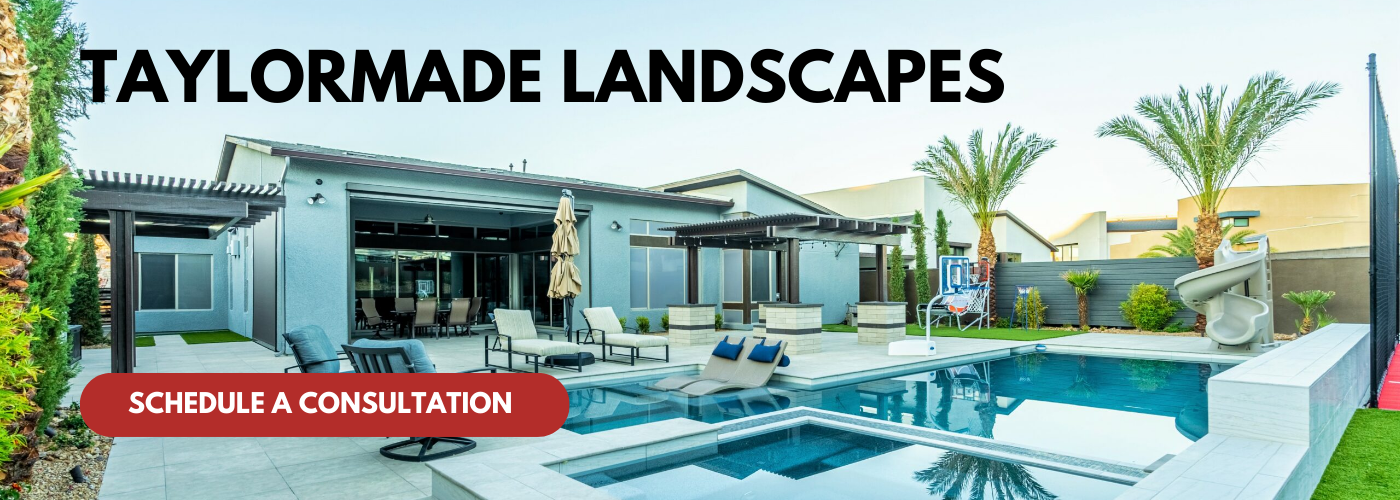As global awareness of environmental sustainability continues to grow, the integration of eco-friendly practices within landscaping designs has become increasingly important. Among these practices, hardscape—the non-plant elements of landscape architecture, such as patios, walkways, walls, and other built structures—plays a pivotal role in promoting environmentally-friendly landscaping. By 2025, the challenge of balancing aesthetics, functionality, and ecological responsibility will place hardscape at the forefront of sustainable landscaping solutions. This shift reflects a broader understanding that hardscape materials and their applications can significantly impact the ecological footprint of outdoor spaces.
In recent years, innovations in materials and design techniques have allowed landscape architects and homeowners to utilize hardscape elements that not only enhance the visual appeal of outdoor environments but also serve to mitigate environmental concerns. The use of permeable pavements, for example, demonstrates how hardscape can facilitate groundwater recharge, reduce stormwater runoff, and alleviate urban heat effects. Furthermore, eco-conscious technologies, like solar lighting and recycled materials, are reshaping traditional hardscaping practices to align with sustainability goals while providing long-lasting durability and style.
Moreover, the integration of native plants and green spaces around hardscape elements fosters biodiversity and supports local ecosystems, creating a harmonious balance between built structures and natural habitats. As urban areas continue to expand, the demand for hardscape solutions that prioritize sustainability, resilience, and community well-being is expected to rise. By embracing these practices in 2025, hardscape will not only redefine the essence of outdoor spaces but also play a critical role in advancing the principles of environmentally-friendly landscaping. As we delve into the various facets of hardscape’s contributions, it becomes apparent that its integration is not just an aesthetic choice, but a vital component of a sustainable future.
Sustainable Materials and Sourcing
In recent years, the focus on sustainability in landscaping has gained significant traction, with a particular emphasis on the materials and sourcing practices used in outdoor spaces. As we move into 2025, the concept of sustainable materials in landscaping has evolved, integrating a broad range of eco-friendly options that not only promote environmental health but also enhance the aesthetic appeal of landscapes. Sustainable materials include recycled, reclaimed, and sustainably sourced options that minimize environmental degradation and support responsible consumption.
One of the primary roles of sustainable materials is to reduce the carbon footprint associated with landscaping projects. For instance, using locally sourced stone, reclaimed wood, or recycled plastics can substantially lower the transportation emissions typically incurred when materials are shipped over long distances. This local sourcing not only cuts down on greenhouse gas emissions but also supports local economies, encouraging a circular economy where recycled and reclaimed materials are valued and utilized effectively.
Furthermore, sustainable materials contribute to resilience against climatic changes. For example, permeable paving options allow for better water absorption and drainage, thereby mitigating issues related to stormwater runoff and protecting natural waterways. Incorporating native plants and organic mulch, which do not require excessive irrigation or chemical treatments, further enhances the landscape’s sustainability by promoting biodiversity and reducing the need for chemical fertilizers and pesticides. This prospect is particularly important in an era when climate change and environmental degradation are pressing global issues.
Hardscape elements—including pathways, walls, and patios—serve as vital components of environmentally-friendly landscaping. These elements can be constructed using sustainable materials, thereby functioning as impervious surfaces that guide water run-off while also integrating with softscape options to enhance the overall ecological footprint of a landscape. In 2025, effective hardscape solutions will not only serve functional purposes but will also integrate seamlessly with natural elements to create habitats for local wildlife. By emphasizing sustainability in both hardscape and softscape elements, landscape designers can create harmonious environments that reflect a commitment to conserving resources and promoting ecological balance.
Water Management and Drainage Solutions
Water management and drainage solutions are critical components of environmentally-friendly landscaping, especially as we move into 2025. With escalating concerns about climate change and increasing urbanization, effective water management systems are essential for mitigating the adverse effects of excessive runoff, flooding, and water pollution. In urban areas, where impervious surfaces (such as concrete and asphalt) dominate, rainwater cannot properly infiltrate the soil, leading to stormwater runoff that can overwhelm drainage systems and carry pollutants into waterways. To address these issues, sustainable landscaping practices are focusing on innovative water management strategies.
Rain gardens, permeable pavements, and bioswales represent just a few of the techniques being employed to enhance water management. Rain gardens, for example, are shallow, vegetated basins designed to capture and absorb rainwater from impervious surfaces. They filter pollutants while allowing water to percolate into the soil, thus replenishing aquifers and reducing the risk of flooding. Permeable pavements allow rainwater to filter through surfaces, reducing runoff and promoting groundwater recharge. Bioswales act as natural drainage systems, designed to guide stormwater runoff while providing habitat for local wildlife and enhancing the aesthetic appeal of urban landscapes.
Additionally, in 2025, the integration of smart technologies into water management systems is becoming increasingly prevalent. Smart irrigation systems, equipped with moisture sensors, can optimize water use, ensuring that landscapes receive the right amount of water based on real-time environmental conditions. This not only conserves water but also reduces the demand on water supplies, making it a sustainable solution in regions facing water scarcity.
Overall, water management and drainage solutions play a vital role in environmentally-friendly landscaping by promoting efficient water use, reducing pollution, and enhancing the resilience of urban areas against climate-related challenges. By incorporating these practices, we can create landscapes that are not only beautiful and functional but also supportive of broader ecological goals such as habitat preservation and urban sustainability.
Urban Heat Island Mitigation
Urban Heat Island (UHI) mitigation is becoming increasingly vital in the face of climate change and the rapidly growing urbanization of our environments. As cities expand, they often create local microclimates that significantly differ from their rural surroundings, leading to increased temperatures that can exacerbate energy consumption, air pollution, and health risks. In 2025, the emphasis on UHI mitigation strategies will be essential for maintaining livable urban ecosystems. A multifaceted approach that combines natural and synthetic materials, urban planning, vegetation strategies, and innovative design can effectively combat this phenomenon.
One of the primary roles of hardscape in UHI mitigation lies in its ability to reflect rather than absorb heat. Traditional hard surfaces, such as asphalt and concrete, tend to absorb significant amounts of sunlight and retain heat, resulting in higher temperatures in urban areas. In contrast, the use of permeable pavements, lighter-colored materials, and reflective coatings can drastically reduce heat absorption. Incorporating these materials into urban designs can help mitigate heat retention and create cooler, more comfortable spaces for residents. The use of vegetation alongside hardscape elements is crucial, as trees and plants lower temperatures through shade and evapotranspiration.
Additionally, integrating green roofs and walls into hardscaping strategies offers remarkable benefits. These living systems not only insulate buildings, thereby reducing energy costs, but they also absorb rainwater, decreasing stormwater runoff and providing habitats for various urban wildlife. The introduction of green infrastructure alongside traditional hardscape can enhance the aesthetic appeal of urban areas while also improving air quality and biodiversity. As such, the synergy between hardscape and softscape plays a pivotal role in addressing the challenges posed by UHI and contributes to creating sustainable urban environments in 2025.
Moreover, effective UHI mitigation strategies contribute to overall environmental health, making cities more resilient against climate fluctuations. The incorporation of shade structures, reflective materials, and green spaces creates an inviting atmosphere that discourages excessive energy use associated with cooling. This holistic approach to urban design not only addresses the immediate concerns of urban heat but also helps to foster greater community engagement and well-being. As urban areas increasingly prioritize sustainable landscapes, the strategic implementation of hardscape will be at the forefront of creating cooler, greener, and more vibrant cities that are better equipped to handle the challenges of the coming years.
Biodiversity and Habitat Conservation
In 2025, biodiversity and habitat conservation remain critical components of environmentally-friendly landscaping, emphasizing the need to promote and protect diverse ecosystems within urban and suburban settings. This approach not only supports native wildlife but also enhances the overall health and resilience of landscapes. As cities continue to expand, integrating biodiversity into landscaping practices becomes increasingly important for mitigating the effects of urbanization on natural habitats. By prioritizing the preservation and restoration of native species and ecosystems, landscapes become more sustainable and adaptable to changes associated with climate change.
Hardscape elements—such as patios, walkways, and retaining walls—play a pivotal role in enhancing biodiversity within a landscape. When designed thoughtfully, these structures can minimize land disturbance and protect existing flora and fauna. By strategically placing hardscape materials to create natural corridors and habitats, landscaping can bolster biodiversity rather than inhibit it. For instance, incorporating permeable pavements allows water to infiltrate the ground more effectively, supporting local plant growth while simultaneously reducing runoff. Furthermore, integrating native plants into the design of hardscape features creates microhabitats that provide food and shelter for various species, from pollinators to small mammals.
In 2025, the concept of habitat conservation through landscaping extends beyond mere aesthetics. It becomes a collaboration between human living spaces and the natural environment, ensuring that development does not come at the expense of ecological health. Landscaping practices that prioritize biodiversity contribute to essential ecosystem services, such as pollination and pest control, ultimately resulting in healthier urban environments. By creating a harmonious balance between hardscape and softscape—where built structures coexist with living systems—landscapes can thrive as vibrant ecosystems that support an array of life forms while catering to human needs. This integrated approach not only enhances the visual appeal of spaces but also fosters a deeper connection between communities and the natural world, promoting conservation efforts that benefit both.
Energy Efficiency and Carbon Footprint Reduction
In an increasingly eco-conscious world, energy efficiency and carbon footprint reduction are becoming paramount within the realm of landscaping and environmental design. As we move into 2025, these principles are guiding not only how landscapes are created but also how they interact with the broader environment. Landscaping practices have evolved to prioritize sustainable energy use, which not only contributes to the reduction of greenhouse gases but also promotes a healthier ecosystem that can thrive despite the challenges of climate change.
One of the key aspects of energy efficiency in landscaping is the incorporation of native plants and drought-resistant flora, which require less water and maintenance compared to traditional landscaping. Utilizing such plants not only reduces the need for irrigation and fossil fuel use associated with water transport but also enhances carbon storage in the soil. By sequestering more carbon, these landscapes can effectively counterbalance emissions produced in various sectors, thereby lowering the overall carbon footprint of a given area.
Moreover, hardscape elements—such as patios, walkways, and retaining walls—can also be designed for energy efficiency. Using materials that reflect sunlight can help mitigate heat islands, while permeable pavers can enhance natural drainage, reducing the need for energy-intensive stormwater management systems. Additionally, integrating solar-powered lighting and energy-efficient irrigation systems within hardscape designs can further contribute to a landscape’s overall energy efficiency and sustainability. As communities seek to reduce their carbon footprints, understanding the synergy between hardscaping and environmental friendliness becomes critical. The aim is to create spaces that harmoniously blend nature with functionality while keeping energy use at a minimum, showcasing a pioneering approach to landscaping in a more sustainable future.



